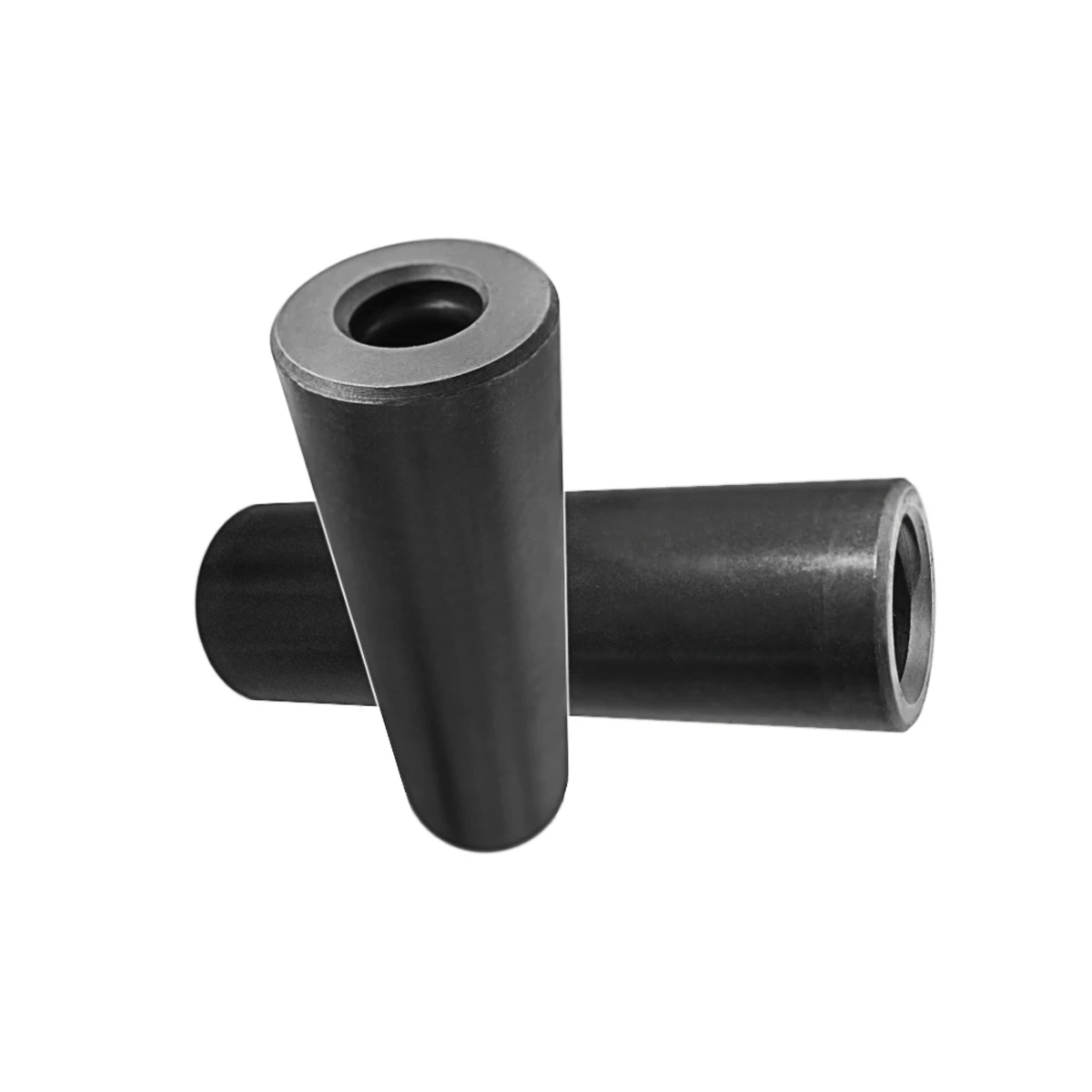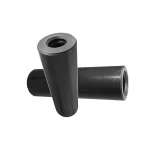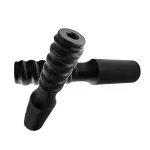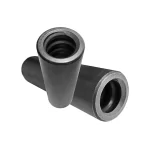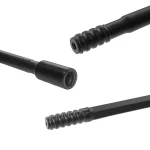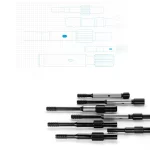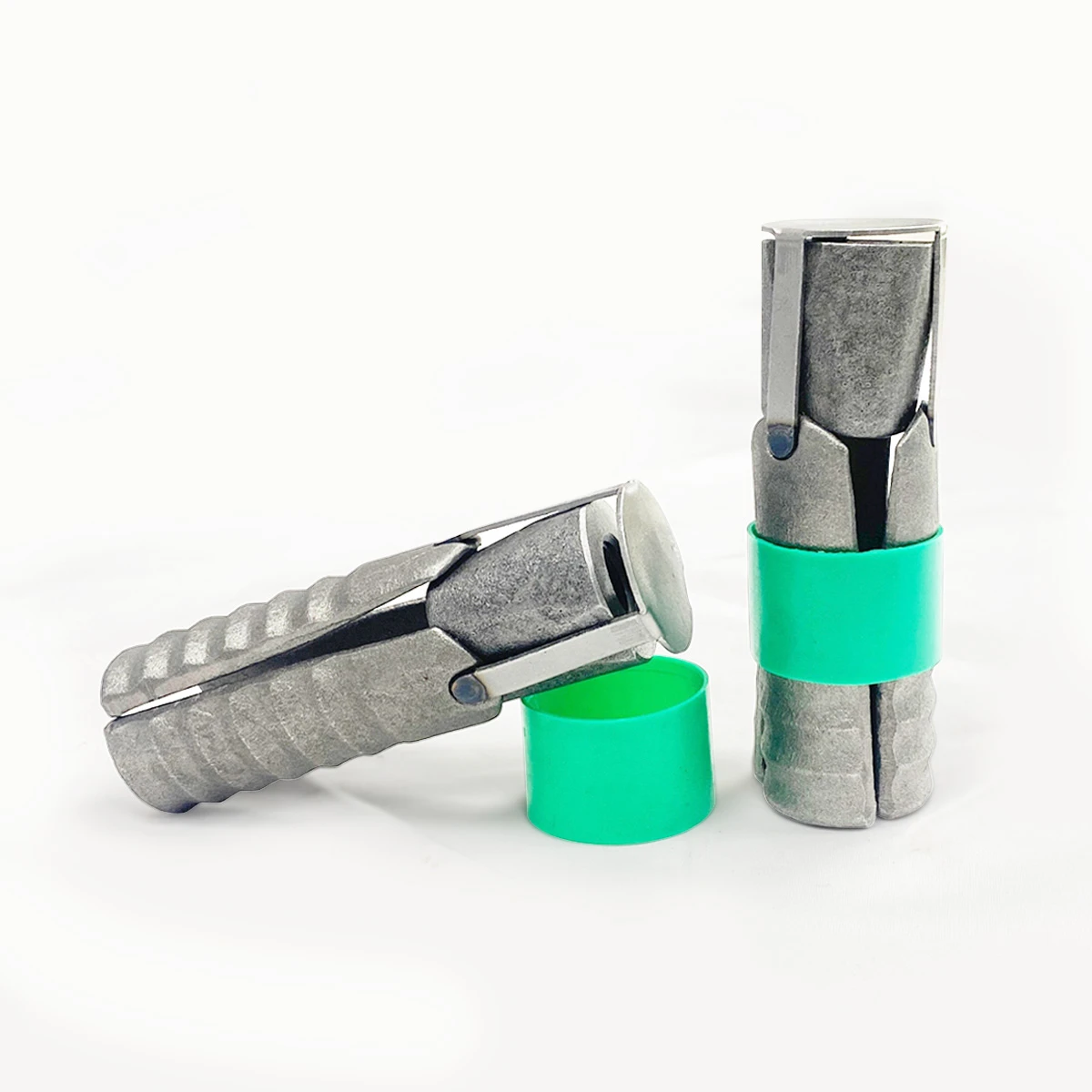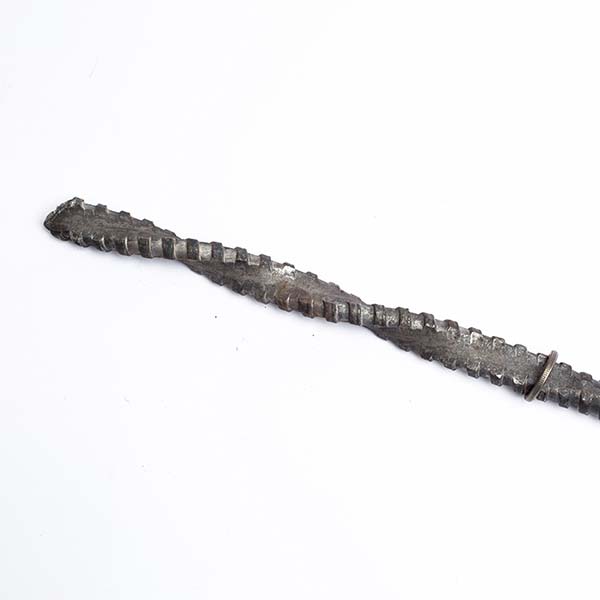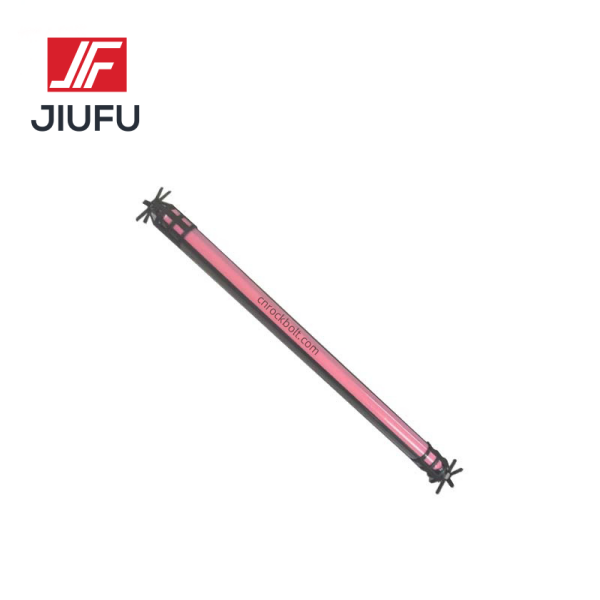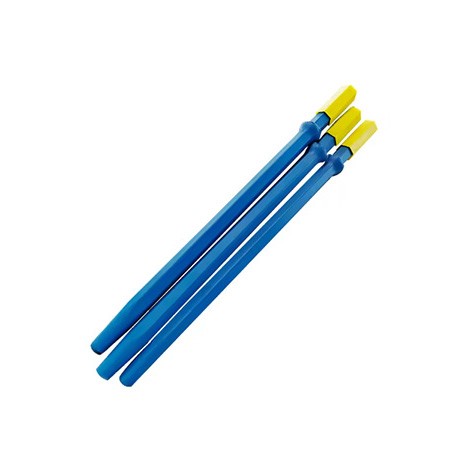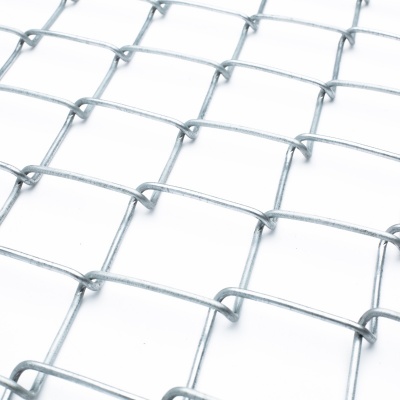Coupling
Product Introduction
Coupling is also called coupling. It is a mechanical component used to firmly connect the driving shaft and the driven shaft in different mechanisms so that they can rotate together and transmit motion and torque. Sometimes it is also used to connect shafts and other components (such as gears, pulleys, etc.). Often consists of two halves that are joined together by a key or tight fit, fastened to the two shaft ends, and the two halves are then connected in some way. The coupling can compensate for the offset (including axial offset, radial offset, angular offset or comprehensive offset) between the two shafts due to inaccuracies in manufacturing and installation, deformation or thermal expansion during operation, etc. offset). As well as reducing shock and absorbing vibration.
There are many types of couplings, you can choose according to your machine type or actual needs:
1. Sleeve or sleeve coupling
2. Split Muff coupling
3.Flange coupling
4. Bushing pin type
5.Flexible coupling
6. Fluid coupling
Installation Process
What parts does a coupling consist of?
A coupling is a mechanical device used to connect two shafts. It usually consists of the following parts:
1. Jacket: The jacket is the outer shell of the coupling, which protects the internal components while bearing loads and external forces.
2. Shaft sleeve: The shaft sleeve is a component in the coupling used to fix the shaft and connect the two shafts.
3. Connecting screw: The connecting screw is used to connect the sleeve and the shaft so that the sleeve can rotate.
4. Internal gear sleeve: The internal gear sleeve is a structural component of the coupling. It has a gear-shaped inner surface and is used to transmit torque and torque.
5. External gear sleeve: The external gear sleeve is a structural component of the coupling. It has a gear-shaped outer surface and is used in conjunction with an internal gear sleeve to transmit torque and torque.
6. Spring: The spring is a structural component of the coupling, used to provide an elastic connection and absorb the runout and vibration between the shafts.
How to install the coupling:
1. Select the appropriate coupling model and specification, and design and manufacture it according to the diameter and length of the shaft.
2. Before installation, please confirm whether the coupling meets the usage requirements, and check the safety of the coupling to see if there are any defects such as wear and cracks.
3. Install both ends of the coupling on the corresponding shafts, and then fix the coupling pin to ensure a firm connection.
Disassembly:
1. Before disassembly, please remove the power supply of the corresponding machine equipment and ensure that the coupling is in a stopped state.
2. Remove the pin and use an appropriate tool to loosen the nuts at both ends of the coupling.
3. Disassemble the coupling carefully to avoid damaging related mechanical equipment.
Adjustment:
1. When a deviation is found in the coupling during operation, the coupling should be stopped immediately and the machine equipment should be checked.
2. Adjust the shaft alignment of the coupling, use a steel ruler or pointer to measure and adjust the distance between each shaft.
3. If alignment is not required, the eccentricity of the coupling should be adjusted so that it is coaxial with the center line of the shaft.
maintain:
1. Regularly check the wear of the coupling. If there is wear and tear, replace it in time.
2. After long-term use, the coupling should be lubricated, cleaned and maintained regularly to ensure its normal operation.
3. Avoid overload use to prevent damage to couplings or machine equipment.
In summary, the usage methods and techniques of couplings are very important, especially in the production and use of mechanical equipment. Correct installation, disassembly, adjustment and maintenance can extend the service life of couplings, reduce the failure rate of machinery and equipment, and improve production efficiency. Therefore, it is recommended that users carefully follow the operating procedures when using couplings to reduce damage and failures caused by improper operation.
Product Application







